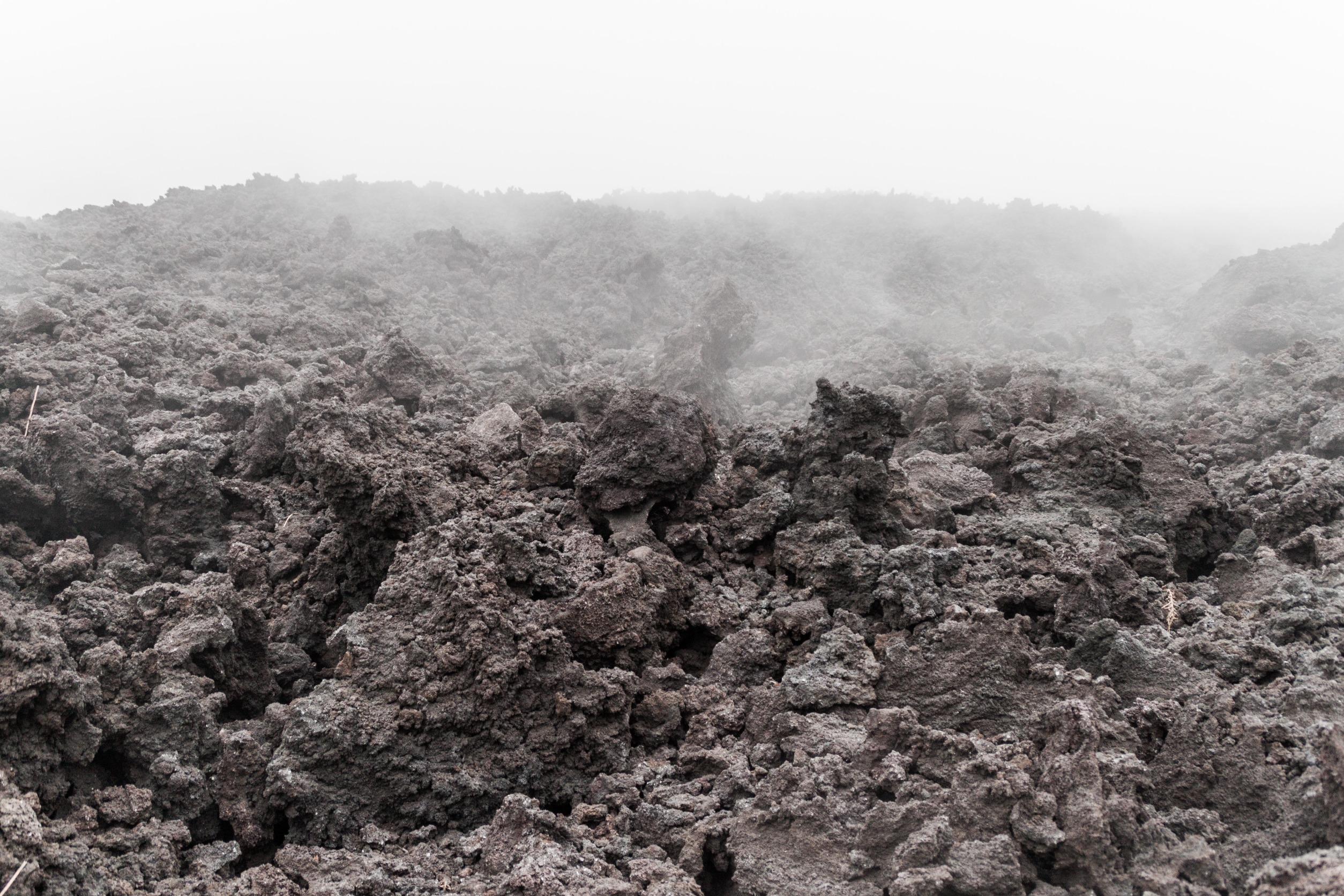Marty Wuttke is conducting a 2–part online course with The Intelligent Optimist on May 5 and 19. Learn more and sign up here.
Marty Wuttke became a pioneer in neurotherapy—the manipulation of brain waves to reduce stress, help repair damaged brains, enhance creativity and improve mental health—out of personal necessity.
Back when he was a heroin addict, Wuttke used meditation to help him kick the drug habit. To learn more about the meditative state of mind, and to assist himself and others in achieving it, he began exploring neurotherapy. The need for neurotherapy became even more acute when Wuttke’s son, Jacob, was born with brain injuries and major developmental problems. Wuttke and his then-wife, Amy O’Dell, developed a kind of brainwave biofeedback computer game to help their son eliminate brain waves resulting from and associated with the injury—and it worked.
Neurons, the billions of cells in our brains, transmit information through electrical and chemical signals. The brain’s electrical impulses take the form of waves that researchers categorize by frequency, the number of times they repeat each second. An overabundance or deficiency at one of these frequencies often correlates to conditions such as depression and learning disabilities. Neurotherapy reads these waves, feeds them into a computer and translates them into visual, audible or tactile form. The goal: By seeing, hearing or touching your brain waves, you can learn to train your brain to produce desired levels of activity.
There is a growing body of evidence showing neurotherapy’s potential benefits for a range of mental health issues, from seizures to learning disabilities to substance abuse. The latest development in the field is low-resolution electromagnetic tomography (Loreta), a type of electroencephalography (EEG), which records electrical activity from the scalp. Combining Loreta with a range of fast-acting brain stimulation techniques, Wuttke and therapists around the world are learning how to change the brain by changing how the brain processes information via its electrical connections.

Why is Loreta so important?
“The whole field of neurotherapy is evolving. We are focusing on Loreta and its ability to isolate and transform specific parts of the brain that traditional ‘surface’ neurofeedback could not go deep enough to reach. With Loreta, we are able to look at depth into the brain. With 19 electrodes and advanced mathematical modeling, we can determine what’s happening in someone’s brain, which frequently drives persistent problems that have been difficult to treat in the past. Patients can now train those deeper parts of the brain.
“Loreta has recently become almost as good as fMRI [another brain imaging technique] in the precise localization of brain dysfunction. But its response time, its ability to ‘feed back’ information to the patient, is much faster, so much so that the patients’ ability to recognize and transform the brain’s electrical activity is vastly superior. More to the point, Loreta neurofeedback treatment systems cost a tiny fraction of what multi-million-dollar fMRI feedback units cost. The U.S. military is currently doing a large study using Loreta neurofeedback in Fort Campbell, Kentucky. They focus on military-duty-related brain injuries and post-traumatic stress disorder. The data that is emerging is truly convincing.”
How did your own struggles with addiction lead you to neurotherapy?
“I am one of the people who made it through a significant addiction. I was in a desperate place; I overdosed so many times. I knew that I was on a path that had one inevitable result: death. But in 1978, I had my first awakening experience. I remember, it was October 28th and I was sleeping on my sister’s couch in New York. I woke up early and I had an awareness of a presence that overwhelmed me. I literally cried out to the universe. I surrendered myself. And it started. I couldn’t fight it. It was a transformative experience in which I felt the presence of unconditional love. It was life-changing. I realized that I am here for a reason, and I had to do something important for myself and for humanity. It helped me put into practice my own spiritual truth. I went through a spontaneous spiritual enlightenment and transformation that impelled to serve others, as I came to realize the unity among us all. As much as I appreciate and respect science and technology, these high-tech tools are just a means to an end. At the heart of my work is the recognition of a spiritual process that is the birthright of every living being.”
This post in an excerpt from a longer article that was published in the July/ August 2012 edition of Ode magazine, the predecessor of The Intelligent Optimist
ILLUSTRATION BY ATHANASIA NOMIKOU/SHUTTERSTOCK
Become a member or sign up for a free issue for more optimistic news.












